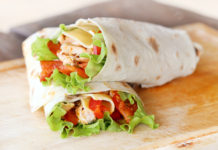Can you imagine what food would taste like without salt?
Me neither – and that’s exactly why this is the most commonly used ingredient in every meal. However, more and more health studies have proven the negative impact of getting too much sodium, especially in the long run.
For example, about 50% of people diagnosed with hypertension have their blood pressure affected by sodium. Excessive consumption can also lead to water retention and increase your risk for kidney disease, stomach cancer and even enlarged heart muscle.
The official Reference Daily Intake (RDI) for sodium is 2,300 mg; that’s about 1 teaspoon of salt. However, 9 out of 10 Americans are consuming more salt than recommended!
What’s worse is that even if you don’t use your salt shaker at all, you’ll still secretly eat plenty of sodium. Turns out, 65% of your sodium intake comes from supermarket foods, 25% is found in restaurant meals and only 10% belongs to other sources.
Today, we’ll have a look at 7 surprising sources of sodium you should know about.
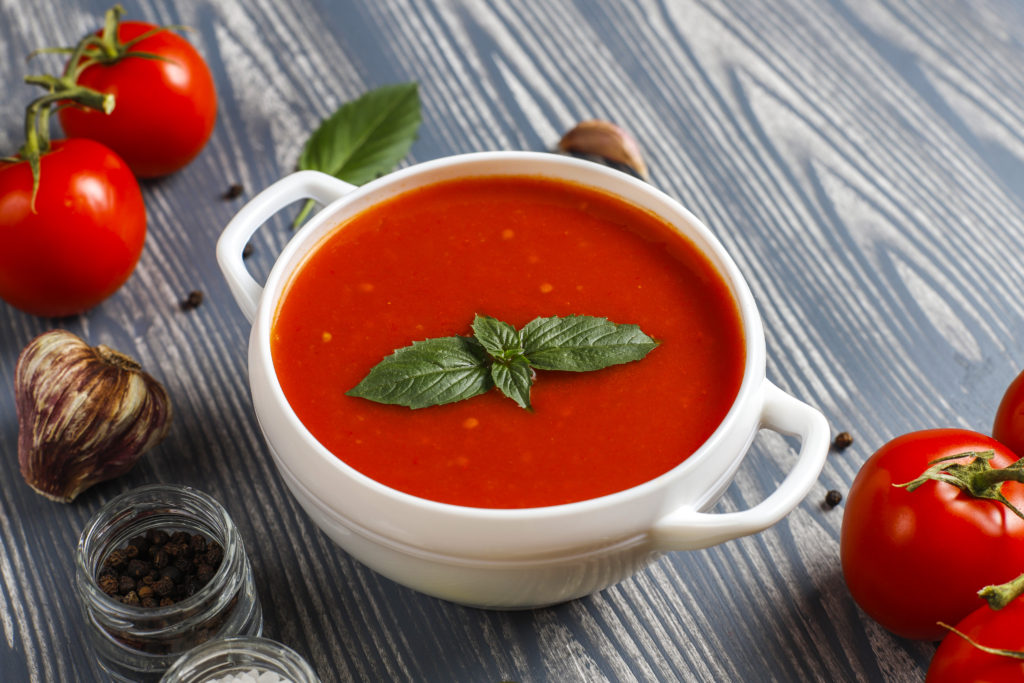
Soup
If you’re used to eating packaged, canned or even restaurant-prepared soups, know that these foods include plenty of sodium. Although most of the sodium comes from actual salt, some is also originated in artificial flavor additives like monosodium glutamate (MSG).
A single serving of canned soup, for example, packs 700 mg of sodium.
Most of the times, manufacturers increase their sodium intake to enhance the taste in an affordable manner.
Instant pudding
Who would’ve ever thought?
Pudding is one of the sweetest instant desserts on supermarket aisles – but its high sugar content isn’t the only dangerous ingredient.
Turns out, a 25-gram serving of instant vanilla pudding mix offers you 250 mg of sodium. That’s 15% of your RDI already!
If you’re still craving pudding, it might be better to choose a regular vanilla pudding mix since it only contains half of your RDI for sodium (6%).
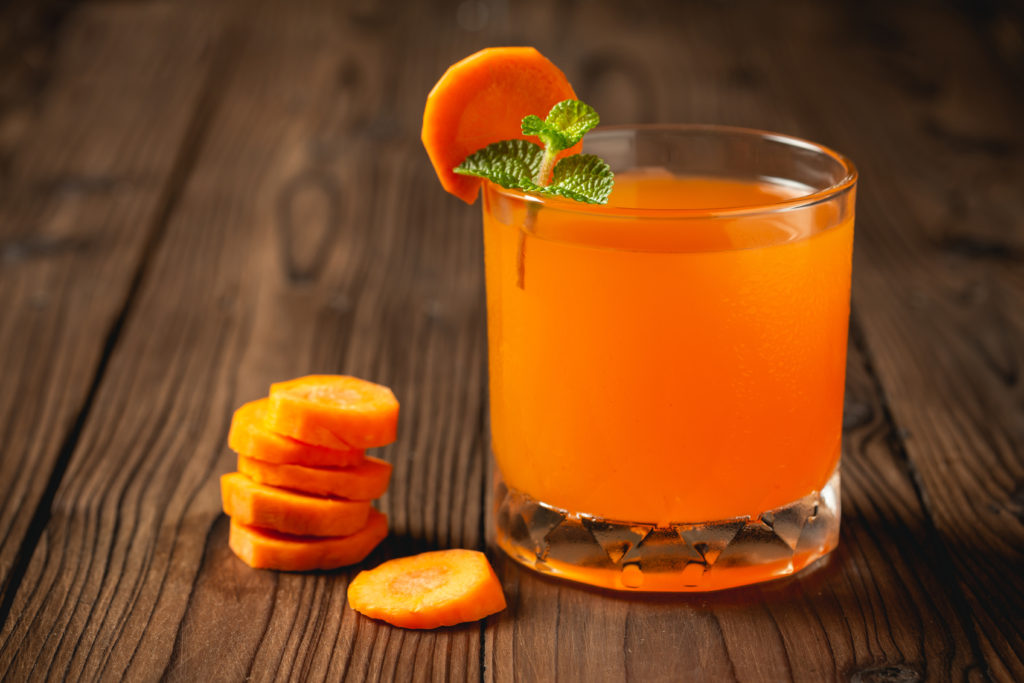
Vegetable juice
Juices have become so popular for a good reason: they’re a quick, affordable way of increasing your nutrient intake with minimal effort.
Drink too much veggie juice, though, and you might also get way more sodium than needed. That’s because a single 8-ounce serving of such juices can pack 405 mg of sodium, which is about 17% of your RDI.
Gladly, if you read the label carefully you can avoid such products. Some brands are still offering low-sodium vegetable juices as they pack 140 mg of sodium/serving at most.
Tortillas
Unfortunately, I’m not talking about the final product, but the tortilla itself.
A flour tortilla of 8 inches packs about 391 mg of sodium, or 17% of your RDI. Therefore, if you just enjoy two soft-shell tacos, you already have at least one-third of your RDI for sodium.
Experts recommend switching to whole grain tortillas which have a lower sodium content. If you still want to enjoy tortillas the ‘classic’ way, it’s best to balance your meals accordingly.
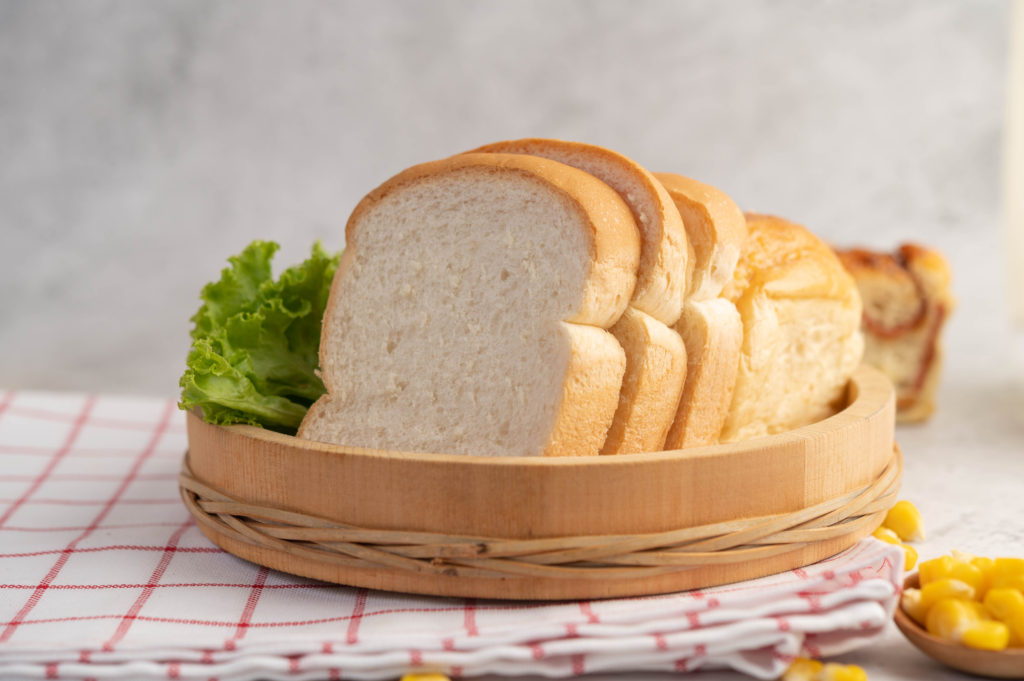
Breads and bagels
While this isn’t the scariest item on our list, eating too many bagels or bread can also have a negative impact on your health.
The most dangerous food in this category are bagels; a single grocery-store bagel packs 400 mg of sodium (17% of your RDI). However, a huge reason is that such bagels are usually very large in size.
If you can’t eat a meal without bread, consider reducing the amount of slices for each time of the day; another positive change would be to opt for whole grain products instead.
Frozen meals
Most frozen meals are overloaded with sodium to enhance their taste and preserve them for longer. The situation is so bad that some meals nowadays even have more than 50% of your RDI for sodium!
The U.S. Food and Drug Administration currently has a maximum limit of 600 mg of sodium / frozen meal. While you can use this number as a general guideline when choosing your meals, it’s still ten times healthier to just cook your own at home.
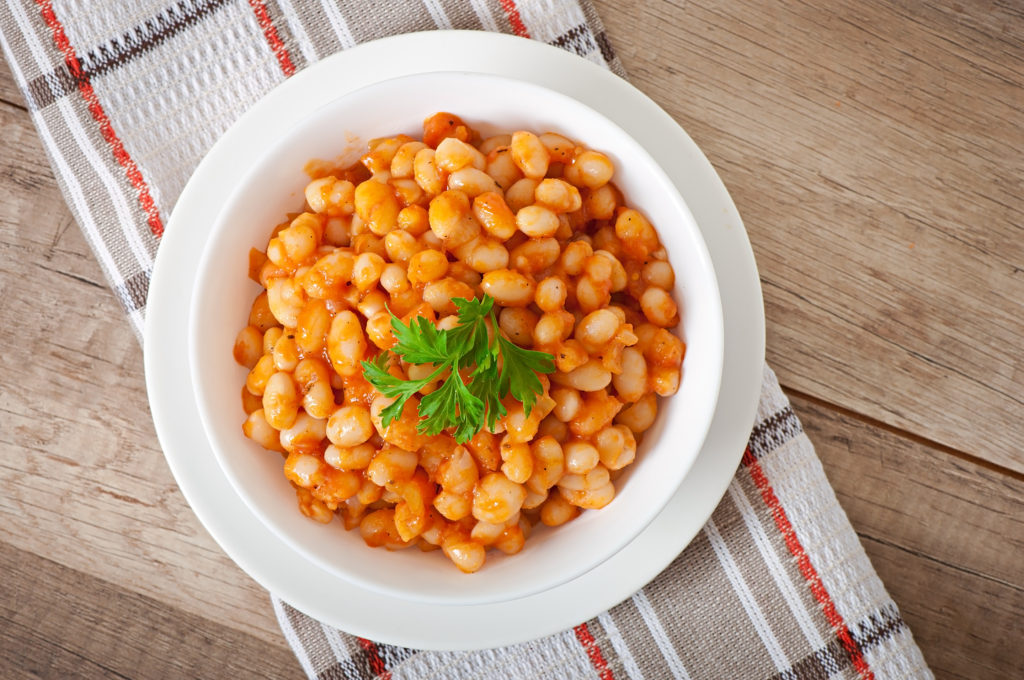
Baked beans
All canned foods are overloaded with sodium and that’s one of the first rules you should know. After all, salt is the main reason why they stay fresh for this long! However, you can still wash beans or green peas to reduce their amount of salt – which can’t be said about their close relatives, baked beans.
Try to wash baked beans and you’ll also wash away their flavorful sauce. Sadly, though, only a ½-cup serving of baked beans in sauce gives you 524 mg of sodium.
In this case, it’s not entirely the manufacturers’ fault. Even homemade baked beans recipes tell you to add plenty of salt; however, you can reduce your salt intake if you cook this meal at home.
When most of the products you find in a grocery store are more or less unhealthy, maintaining a good diet is extremely challenging. However, remember that your body and mind will thank you for this effort in time, since you can drastically reduce the risk for health complications just by reading product labels.














